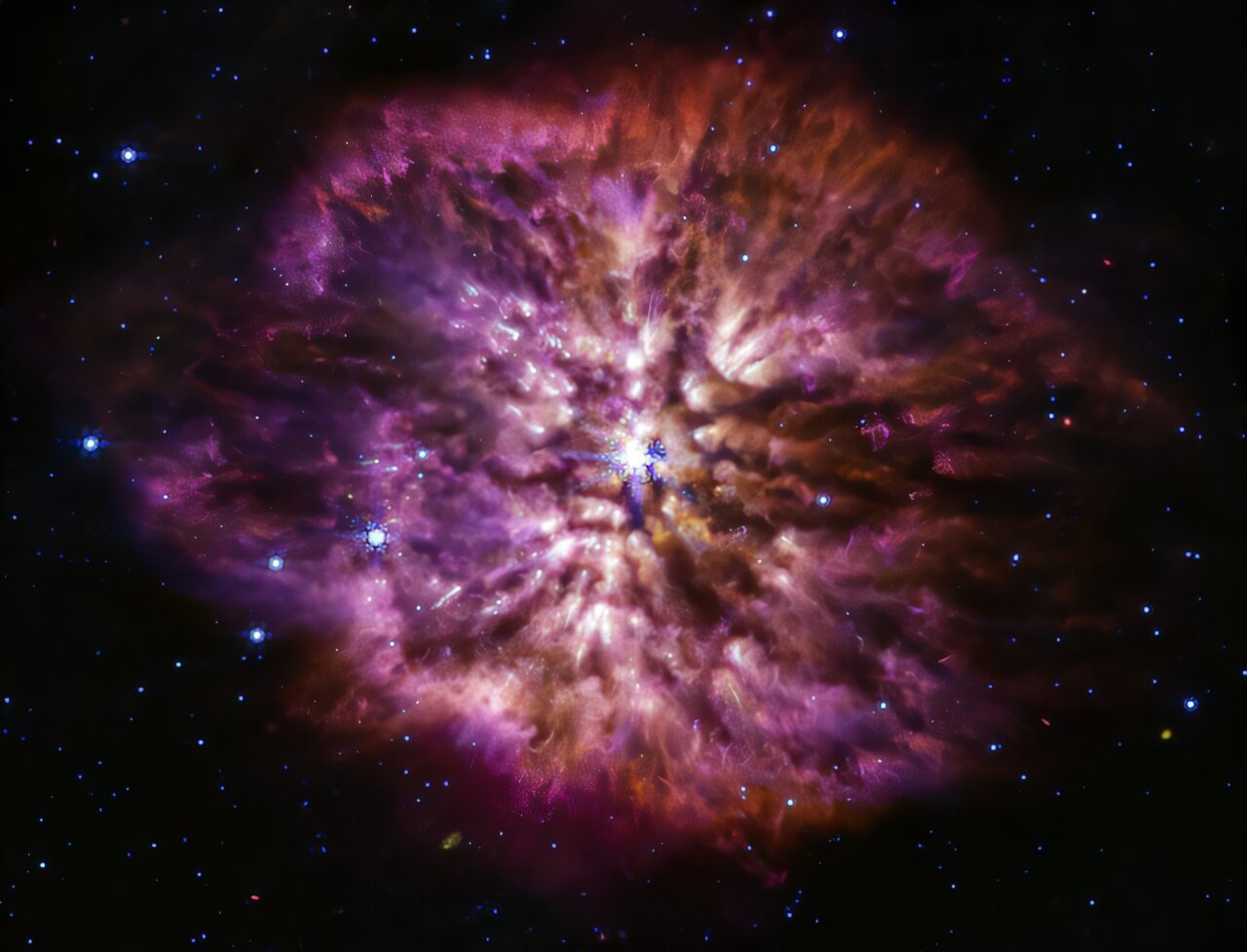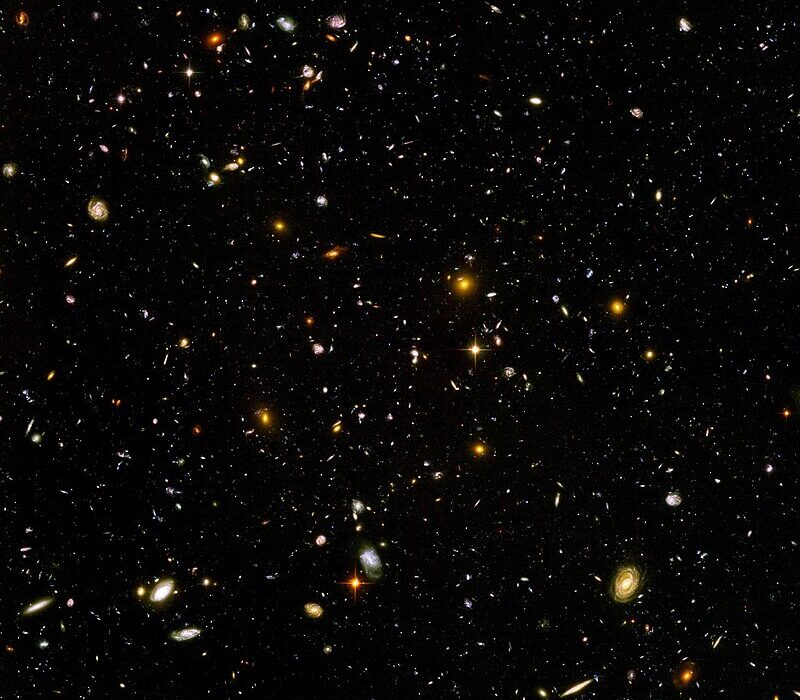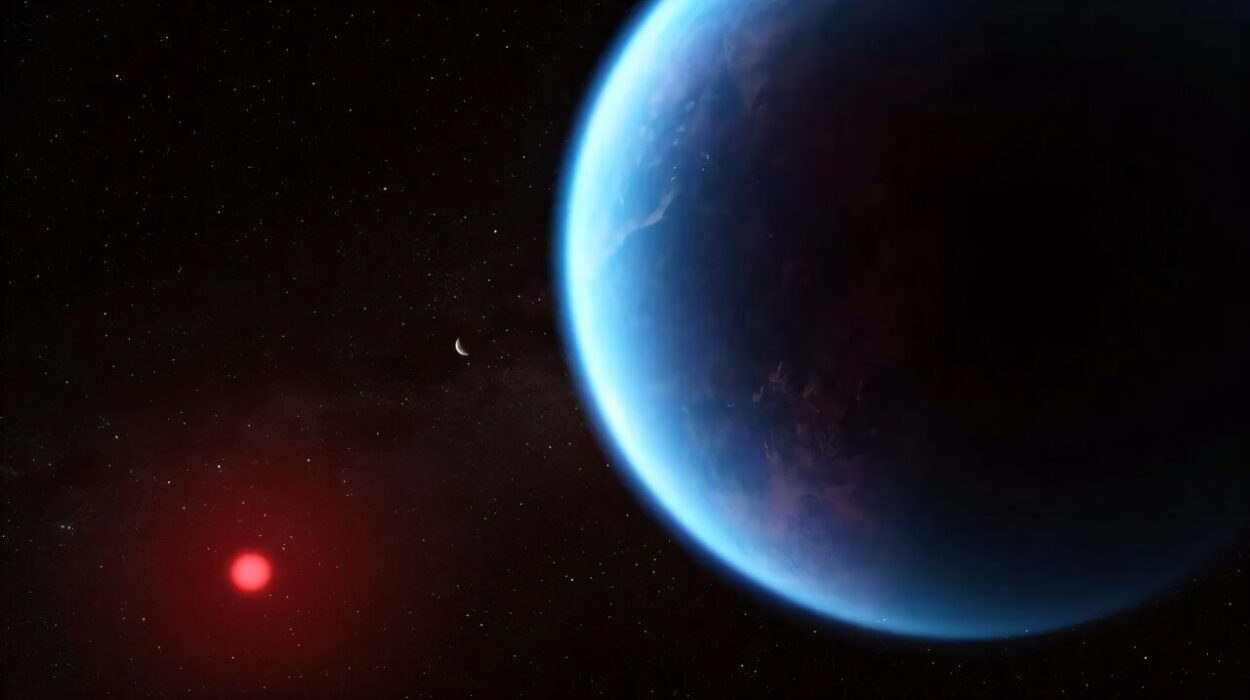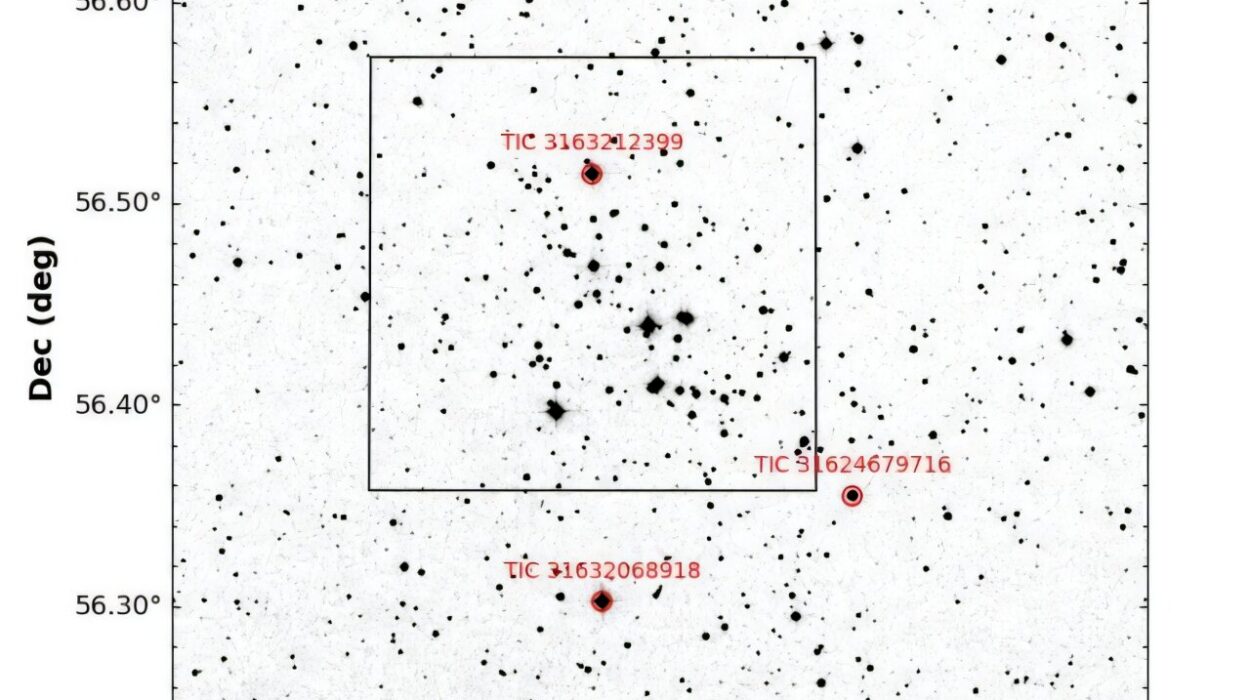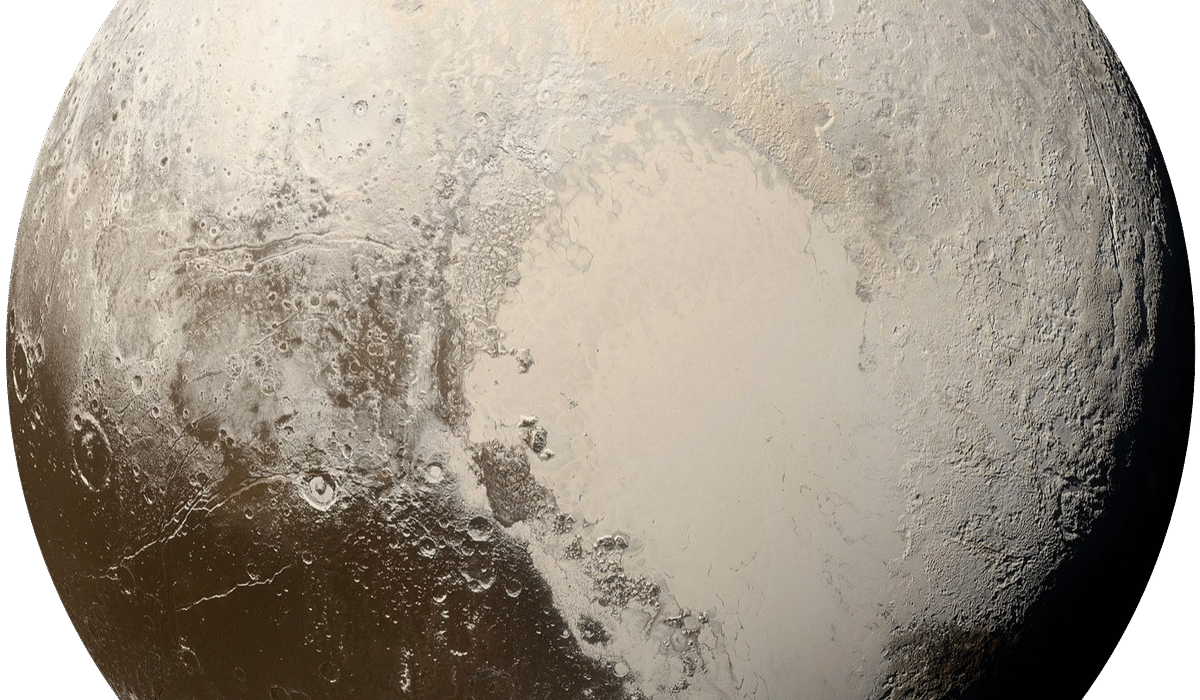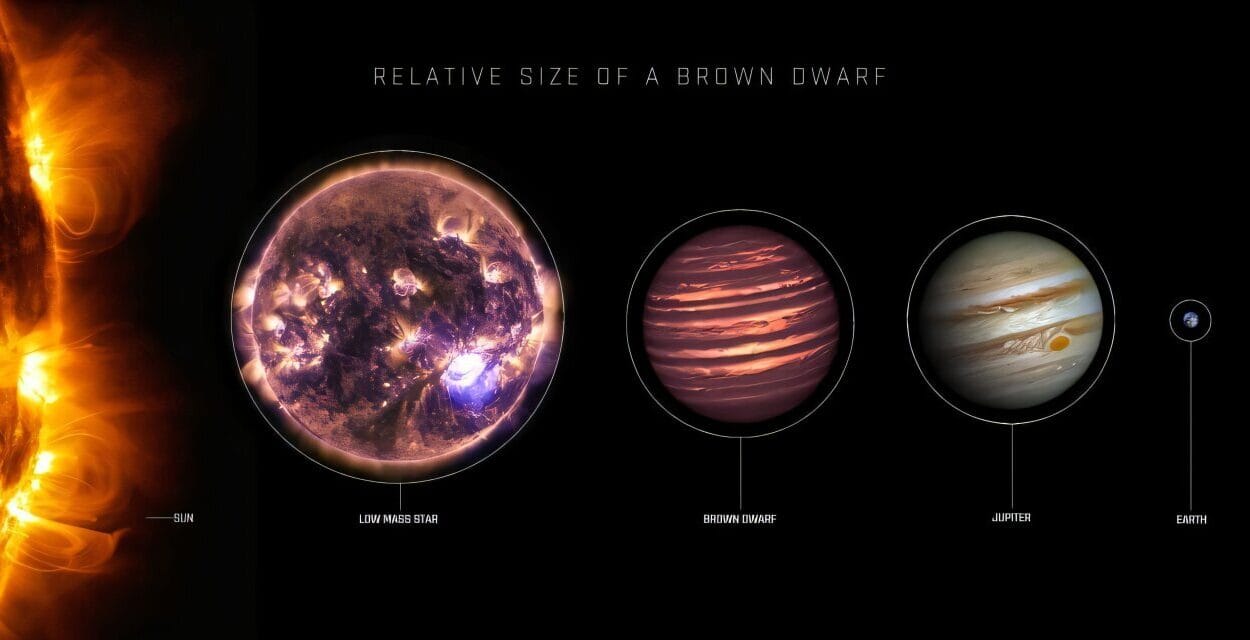In the grand theater of the universe, few events are as spectacular—or as terrifying—as a supernova explosion. It’s nature’s ultimate fireworks show, but instead of ending with applause, it can leave entire regions of space sterilized and devastated. Supernovae are the violent deaths of massive stars, releasing more energy in a few seconds than our Sun will emit over its entire lifetime. But if you found yourself living in a planetary system unlucky enough to be nearby, what would actually kill you first?
Let’s do a forensic analysis of a supernova and break down the true sources of its deadly power. Some effects are obvious, others are subtle, and a few may surprise you.
The Basics: What Happens When a Star Goes Supernova?
A supernova occurs when a massive star—typically at least eight times the mass of our Sun—reaches the end of its life. After exhausting its nuclear fuel, the star’s core collapses under its own gravity in a fraction of a second, releasing a staggering amount of energy. What follows is a cataclysmic explosion that ejects the star’s outer layers into space at incredible speeds.
The explosion isn’t just bright; it’s the literal birth cry of neutron stars, black holes, and heavy elements like gold and uranium. But for anything in the neighborhood of this blast, it’s not the time to celebrate cosmic creation—it’s time to worry.
Surveying the Supernova’s Arsenal: What Can It Kill You With?
To understand what’s deadliest about a supernova, we need to analyze its weaponry—what it produces and how these outputs interact with their surroundings. In other words: what can it hurl at you, how fast, and from how far away?
Let’s line up the suspects:
1. The Shock Wave: A Titanic Blast of Stellar Debris
The shock wave from a supernova is unimaginably powerful. Imagine a chunk of star matter, billions of tons of gas and plasma, accelerating outward at thousands of kilometers per second, sometimes reaching a fraction of light speed. When this wall of energy and material slams into anything in its path—planets, dust clouds, or unfortunate interstellar travelers—it vaporizes them.
Sounds horrifying, right? Absolutely. But there’s a catch.
For the shock wave to physically slam into you, you’d need to be within a relatively close distance—something on the order of tens of light-years, depending on the power of the explosion. By the time the debris reaches Earth-like distances beyond that, it’s slowed down significantly and dispersed across a larger volume of space. Think of it like a ripple spreading out on a pond; the further you are from the splash, the gentler the wave.
If you’re close enough to a supernova for the shock wave to be your main concern, the bad news is you’d already be long dead from other effects we’ll cover in a moment. So while it can kill you, it’s not the deadliest culprit in most cases.
2. Visible Light: Blinding but Harmless (Mostly)
Supernovae are ridiculously bright—so bright that they can outshine entire galaxies for weeks. If one were to occur close enough to us, its light could turn night into day for months.
But how dangerous is this intense visible light? Surprisingly, not very.
Visible light, even at insane intensities, doesn’t carry enough energy per photon to ionize atoms or break chemical bonds in your DNA. Sure, standing under this unrelenting glare might fry your retinas, causing blindness, and perhaps even sunburn-like skin damage, but it wouldn’t flay you alive. Even with its ferocity, visible light accounts for less than 1% of a supernova’s total energy output.
Verdict? Not your biggest worry.
3. Neutrinos: Billions and Billions, but Harmless
The biggest single burst of energy released by a supernova doesn’t come from light or shock waves. It comes from neutrinos—those ghostly particles that zip through matter as if it weren’t there.
When a star collapses, it releases an astonishing number of neutrinos. In fact, 99% of a supernova’s energy escapes in this form. A single supernova sends out around 10^58 neutrinos, and when they pass through a nearby planet, they fly through mountains, oceans, and living creatures like they don’t even exist.
But here’s the kicker: neutrinos rarely interact with anything. They pass right through you, the Earth, and entire stars without batting an eye. Across your entire life, only one or two neutrinos might interact with the atoms in your body. Even in a supernova’s flood, neutrinos just don’t pack a deadly punch.
Verdict: harmless, no matter how many there are.
4. X-Rays and Gamma Rays: The Invisible Killers
Now we’re getting into truly dangerous territory.
A supernova unleashes a torrent of high-energy radiation, especially X-rays and gamma rays. These photons have enough energy to ionize atoms, rip apart DNA, and sterilize entire planets.
The problem is their range and intensity. If a supernova were to occur within about 30 light-years of Earth, the X-rays and gamma rays could destroy our ozone layer. Without that protective shield, our planet would be exposed to deadly ultraviolet radiation from the Sun. That could trigger mass extinctions by wiping out plankton and collapsing the food chain. Scientists believe that such an event may have caused past extinction events in Earth’s history.
Closer than that—say within 10 light-years—the gamma-ray burst could directly irradiate the surface of a planet. Life on the side facing the explosion could be vaporized or lethally irradiated within seconds. Even deeper oceans wouldn’t offer complete protection.
Verdict: X-rays and gamma rays are deadly, and they’re the real killers if you’re within range.
5. Cosmic Rays: High-Energy Particles on a Rampage
Here’s the long-term killer: cosmic rays.
Cosmic rays aren’t really “rays” at all. They’re particles—high-speed protons and atomic nuclei accelerated to nearly the speed of light. After a supernova, cosmic rays flood out into the galaxy. Some of them are trapped by magnetic fields, but others travel vast distances.
The Earth’s magnetic field and atmosphere offer us some protection. But if a supernova occurred nearby, it would supercharge the cosmic ray flux. These particles can penetrate the surface, causing ionization damage in cells and mutating DNA. Over time, this can lead to increased cancer rates, genetic mutations, and harm to the entire biosphere.
Unlike the immediate radiation from gamma rays, cosmic rays are a slow burn. They arrive long after the light show is over, and they stick around for centuries, bombarding planets and causing biological havoc.
Verdict: Cosmic rays are the long-term threat, less flashy than gamma rays but potentially devastating over millennia.
Which Is the Deadliest? The Cosmic Verdict
So, after surveying the supernova’s arsenal, which is the deadliest? It depends on how close you are.
- Within 10 light-years? You’re toast. The X-rays and gamma rays will nuke the planet before the shock wave ever arrives.
- Within 30 light-years? You could see ozone layer depletion, increased cancer, ecological collapse—all from gamma radiation and cosmic rays.
- Beyond 50-100 light-years? You’re generally safe. By then, most of the deadly emissions are dispersed and diminished.
But on the whole, the most destructive elements of a supernova are the gamma rays and cosmic rays. They have the longest reach and the greatest capacity for planetary damage.
How Likely Are We to Face a Supernova Apocalypse?
The good news: Not very likely in our lifetime.
The closest candidate for a supernova in our neighborhood is Betelgeuse, the red giant in Orion’s shoulder. While it’s expected to explode within the next 100,000 years, it’s over 600 light-years away. That’s comfortably beyond the danger zone. When it goes, it will put on a spectacular light show—one that might even be visible in daylight for weeks—but it won’t hurt us.
If we lived in a denser region of the galaxy, say near the galactic center, the odds of nearby supernovae would be much higher. Lucky for us, we’re in the cosmic suburbs.
In Conclusion: The Deadly Legacy of a Supernova
A supernova is one of the universe’s greatest paradoxes. It’s a creator, forging heavy elements, seeding galaxies with the stuff of planets and life. But it’s also a destroyer, capable of sterilizing entire regions of space with invisible radiation.
The deadliest parts of a supernova—the gamma rays and cosmic rays—may not be the brightest or the most dramatic. But they are the silent assassins, reaching across light-years to deliver cosmic doom.
For now, we can gaze at supernova remnants like the Crab Nebula and be awed by their beauty. But we can also be grateful that our little corner of the galaxy is relatively quiet… for now.
